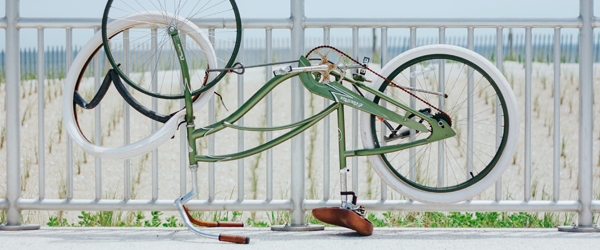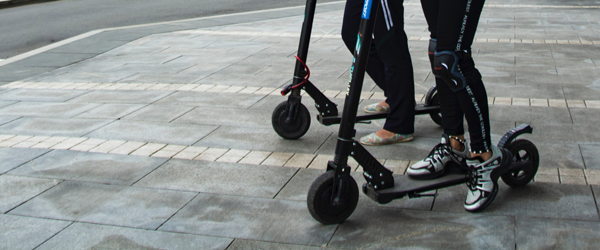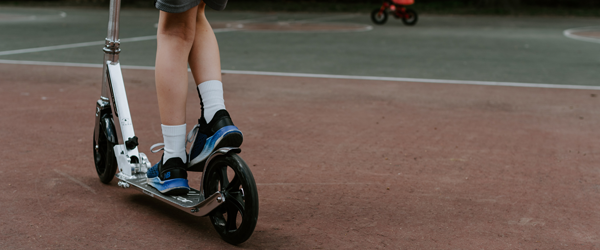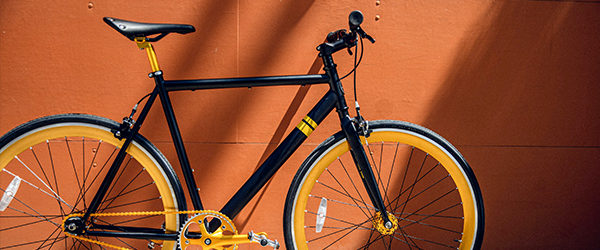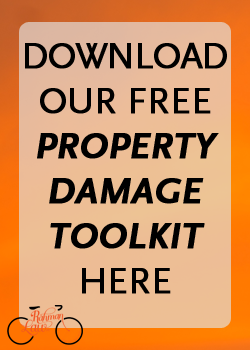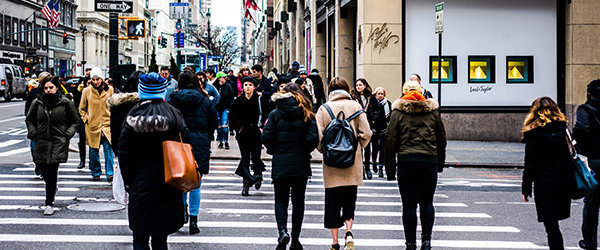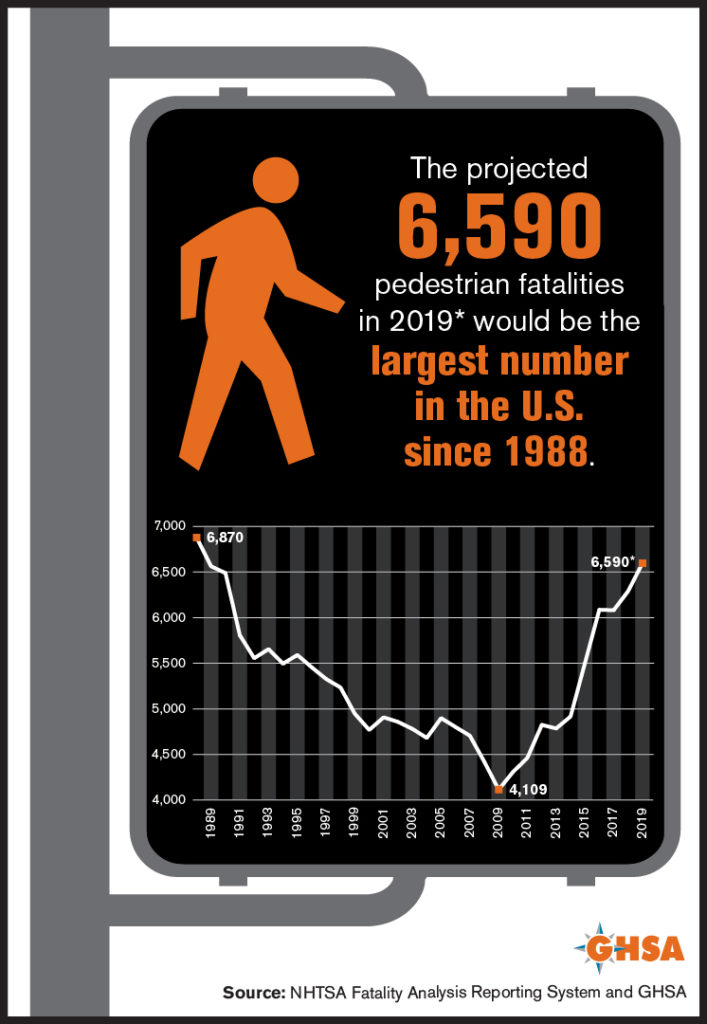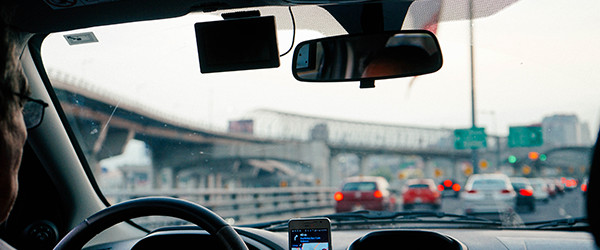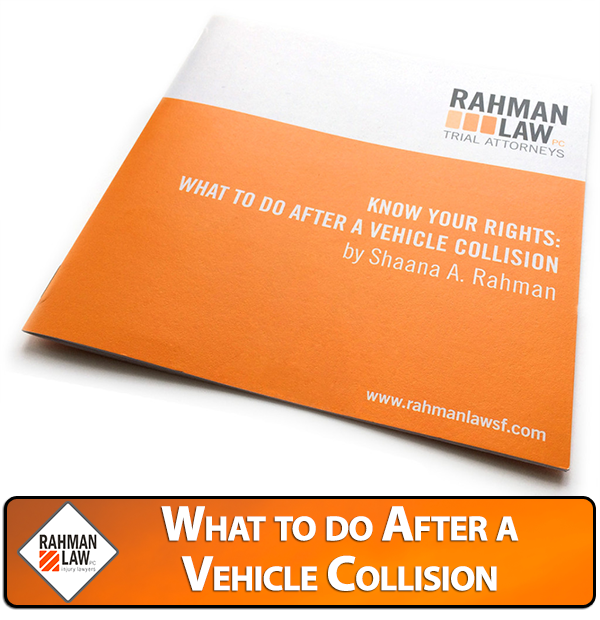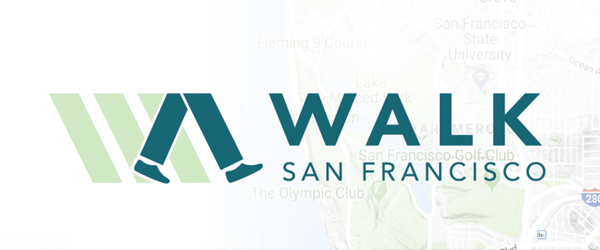
FOR IMMEDIATE RELEASE
SAN FRANCISCO, Calif., FEBREUARY 23, 2022
Rahman Law PC, a personal injury law firm with offices in San Francisco and Paso Robles, California, announces their sponsorship of Walk San Francisco, an organization with the goal to make San Francisco the most pedestrian-friendly city in the United States. Rahman Law has been a sponsor of Walk San Francisco in the past, but this year they are increasing their sponsorship engagement in support of making San Francisco safe for pedestrians.
This year, Rahman Law will be sponsoring multiple events, including Member Walks and Crosstown Adventure Walks throughout the year, Peak2Peak in the Fall, Walk to Work Day in the Spring, and Walk & Roll to School Day in October. Both the Crosstown Adventure Walks and Peak2Peak give pedestrians the opportunity to explore parts of San Francisco seldom seen by anyone. The Crosstown Adventure Walks span the 16-mile route from Southeast to Northwest San Francisco, which fully opened in 2019. The Peak2Peak walk follows a secret, unique route across hidden trails with off-the-beaten-path treasures put together by Walk San Francisco.
Of all of the events being sponsored, Walk to Work Day and Walk & Roll to School Day are the favorites for Rahman Law because they engage the entire community. Shaana Rahman, a personal injury lawyer and the principal and founder of Rahman Law, frequently volunteers to work at a booth for Walk to Work Day handing out tote bags and chatting with pedestrians on their way to work. Walk & Roll to School Day invites teachers, parents, and kids to engage in transportation that is good for the environment and community while having fun participating with friends and classmates.
“We support Walk San Francisco because of their involvement in the community to raise awareness and their advocacy for pedestrians, which are things we fully believe in,” commented Ms. Rahman. “Walk San Francisco’s vision is to end severe and fatal traffic crashes for pedestrians. We think this is something everyone in the community can get behind.”
Shaana Rahman and the Rahman Law team will continue to support the vision of Walk San Francisco throughout the year and do not see an end to their commitment in joining with Walk San Francisco to promote safer streets for all.
About Rahman Law PC
The personal injury lawyers at Rahman Law PC are powerful advocates for people who have been injured through no fault of their own. What makes Rahman Law PC different from other personal injury law firms is they care about what happens to their clients; they aggressively advocate for their clients’ interests and have a personal relationship with each client, taking the time to listen and figure out solutions that make sense from a legal point of view but also from a human perspective. By providing the highest quality legal services to those who have been injured or have suffered wrongdoing at the hands of other individuals, corporations, or public entities, the personal injury attorneys and trial lawyers at Rahman Law PC have a proven track record of results and have successfully recovered millions of dollars for clients throughout California. Rahman Law PC offers clients attentive service backed with big firm experience, making them ready to take on any opponent. To learn more about the personal injury lawyers at Rahman Law PC, visit https://www.rahmanlawsf.com or call (415) 956-9245 in San Francisco, (805) 619-3108 in Paso Robles, California.
###



